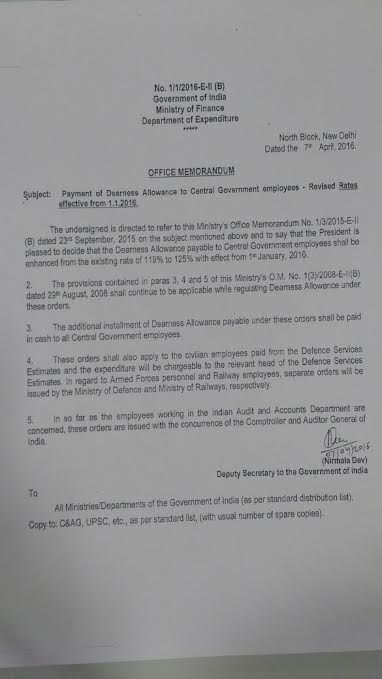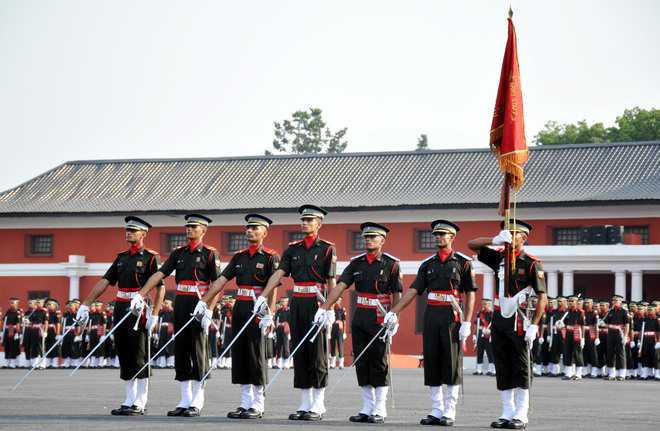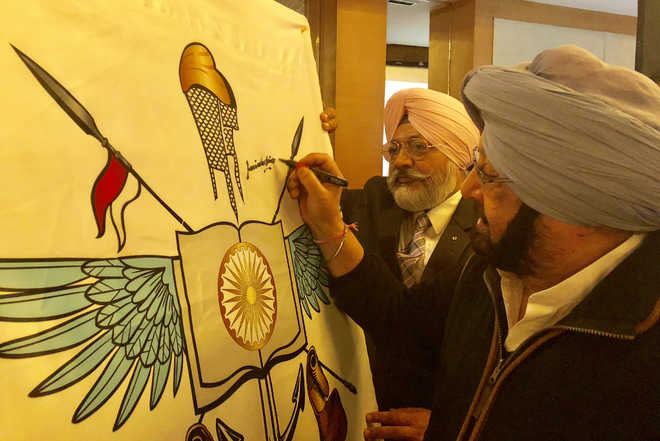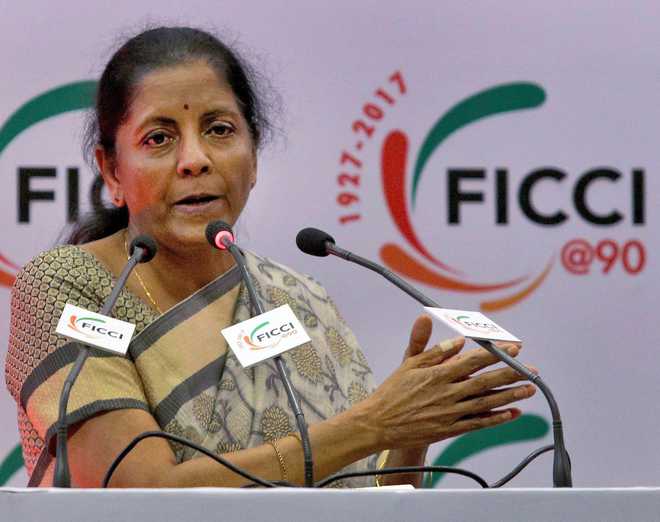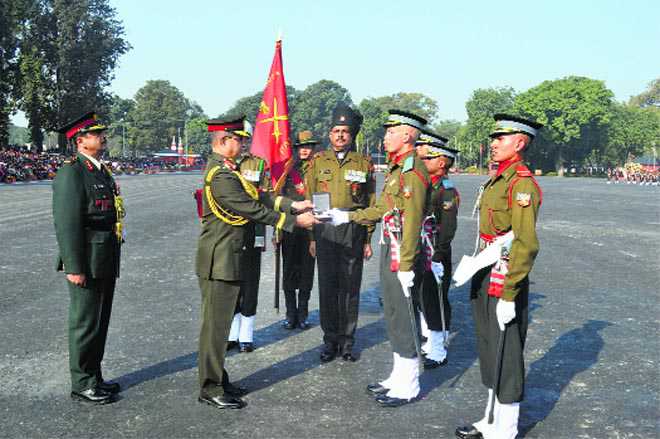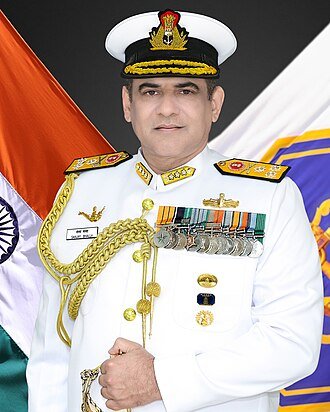War books are not only a prominent source for understanding the world’s conflicts — past, present and future — but also a useful base material for sociologists and political scientists to forecast future societal trajectories
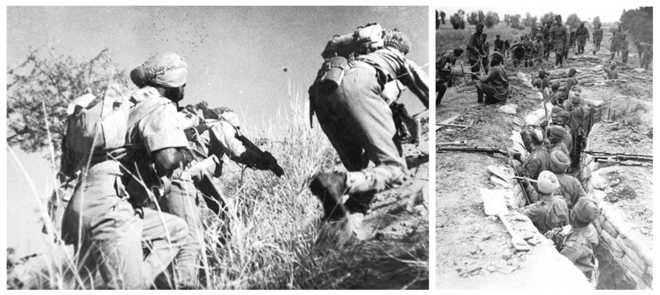
Wars we fought, but didn’t forget: (Left) Indian soldiers during the Battle of Longewala in the Western Sector during the 1971 War; in the trenches in World War I
Sandeep Dikshit
The written history of the world is largely a history of warfare — John KeeganHumans have always engaged in warfare. The earliest known evidence of intra-state conflict is a 3,500-year-old ivory knife handle that must have figured in one of the battles between the Egyptians and the Mesopotamians. Only 283 years since then have seen no recorded wars.The Westphalia concept of nation states in the West is also an outcome of a 30-year-long war in the seventeenth century.(Follow The Tribune on Facebook; and Twitter @thetribunechd)In the twentieth century, India’s impulses towards sovereignty and nationhood gathered steam after it contributed generously to the British effort in World War I. Among its neighbours, Russia became a Communist country after the same war while China turned one following wars between the Communists and the Nationalists, which were a result of the space provided by World War II. It may disappoint the creeping incursion theorists that 60 years later China’s borders have remained nearly the same. In fact, during its settlement with 12 countries, it actually gave away a lot of land it had claimed.This makes military history not only a prominent source for understanding the world’s conflicts — past, present and future — but also a useful base material for sociologists and political scientists to forecast future societal trajectories.It also gives a clue about the present militaristically aggressive behaviour of some nations such as the US, whose early leaders like Theodore Roosevelt and Abraham Lincoln were raised in the crucible of wars and actually led battles.From a tangible perspective, history’s usefulness is more difficult to identify than applied sciences such as medicine or engineering. However, there is no such confusion regarding military history. Cynics may point out the futility of researching centuries-old muscle-and brawn-dependent warfare in an era of armed drones, nuclear submarines and inter-continental missiles. But technology and military history need not be irreconcilable; neither is technology a Silver Bullet. Military history, at the end, is also about technological change and how well or badly military forces adapted themselves to the changes, especially in the kinetics of tactics and strategy; the preparedness in logistics and administration, finessing of military doctrine military and theory, the degree of military professionalism and the mental agility of its leadership.It is also about normative application of the lessons learnt from past wars even if a copy-paste approach will likely bring grief.Military history need not be about mega clashes of armour and men. It could also be about learning from previous anti-terrorism campaigns for instance and applying them in the present instances.There is a caveat though: for soldiers, a mastery over military history does not translate into professionalism and competence; it can add to, but, is not a substitute for practical experience. A simplistic and distorted understanding can have adverse implications as the Americans recently experienced twice: Military professionals had cited the blowback against the British and Soviets to argue against a military intervention in Afghanistan, but then National Security Advisor Condoleeza Rice had drawn a different conclusion: “The Soviets had never taken Kabul whereas the US will,” she said. The war is still on.It is true that military history alone is terribly inadequate in providing all the answers to all the issues confronting the politico-military policy makers of today. This is why an interdisciplinary approach is very important. At the same time, none can deny the lessons in capability of the political leadership, its synergy with the military brass and the military response and counter-response that come from studying past wars: the wars of 1962 and 1971 are studies in contrast while the 1965 battle would fall somewhere in between the two.In the end, every war ought to be a deliberate use of force to achieve political goals. In other words, in most cases, politicians flag off wars and the buck stops with them: win or lose. It is they who are answerable for a large number of critical components of a war: logistics infrastructure, expenditure on the military and the extent of indigenisation.The distilled lessons from military history thus become an integral part of a serving politician’s statecraft as also for tomorrow’s leaders, who are students today. For winning and avoiding wars, it becomes important to study military history in universities and schools as much as in military training institutes.








 PTI
PTI


